Windows boot screens through the ages
From Windows 1.0 to 10

Introduction
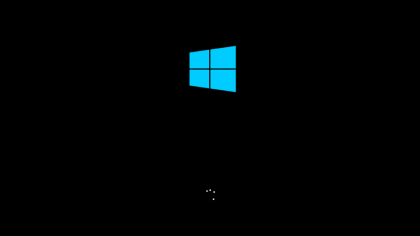
Today is Windows 1.0's 30th birthday, so we thought it would be a good time to take a trip down memory lane to check out those sepia-tinged boot screens of the past 30 odd years.
The boot screen is the first thing you see when it comes to any new operating system, and as such is one of the best ways to have a glance back at all the different versions of Windows that have been released.
It's true enough that Windows boot screens aren't exactly a scientific representation of the performance of each version of Windows, but the sea changes in the move to Windows 95 and then to XP are clear, while Vista's blank space probably said more than we ever knew at the time about how the OS would be received. Anyway, on with the (slide)show!
- Also check out: 20 smart new and improved features in Windows 10
Windows 1.0

From 20 November 1985, here's the first Windows boot screen featuring the old Microsoft logo preceding the operating system that began to change everything for PC users across the world.
Key fact: you couldn't overlap windows in this version - they were all tiled. Interestingly, Microsoft still supported Windows 1.0 until the end of December 2001. Seriously.
Windows 2.1
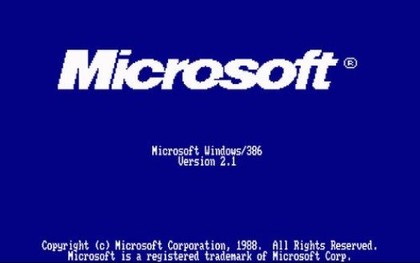
While an earlier version (2.03) emerged in 1987, it wasn't until 1988 that Windows 2.1 properly arrived, in the form of the 286 and 386 versions. The not-so-different boot screen also featured the new Microsoft logo. The first versions of Word and Excel ran on Windows 2.0.
By now you could even begin to overlap those windows, which was a much needed addition following the lack of overlapping in Windows 1.0.
Sign up to the TechRadar Pro newsletter to get all the top news, opinion, features and guidance your business needs to succeed!
Windows 3.0

Into the nineties and Windows 3.0 shows plenty of signs of graphical improvement - indeed the graphics were much improved from 2.x. As you can see, the familiar Microsoft logo has finally landed inside Windows and there are now three colours. They are dull but three is better than two, we're sure.
The MS-DOS Executive file manager was replaced with the Program Manager (which remained a feature of Windows 3.1) and this is widely regarded as the first version of Windows that began to seriously threaten Apple's Macintosh OS.
Windows 3.1
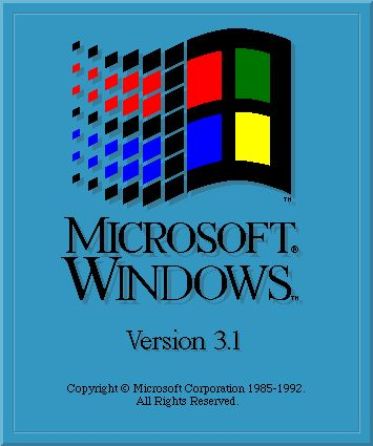
The first version to include Minesweeper, Windows 3.1 (codenamed Janus) was released in 1992 and contained advanced personalisation plus it featured 32-bit disk access. It also introduced the Windows flag to the boot screen for the first time and yet more colours - even if the teal background did clash with the other colours just a little bit.
As for the OS, it brought TrueType fonts to the desktop for the first time and later updates to the OS even allowed for media to be viewed from CD-ROMs. Flashy!
Windows for Workgroups 3.11
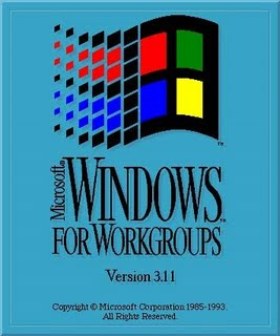
Windows for Workgroups saw the light of day in October 1992 and featured native network support and sharing. It was essential for businesses back in the early nineties. We don't know about you, but these boot screens almost look like a step back from Windows 3.0!
This version of Windows survived for a lot longer than many with OEM licensing for Windows for Workgroups 3.11 sticking around until late 2008.
Windows 95
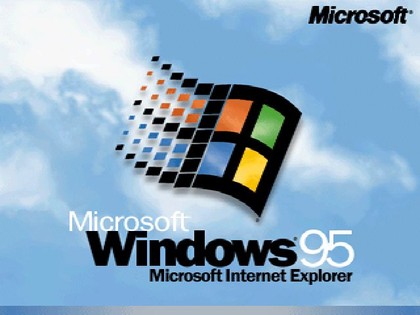
Introducing the clouds! Windows 95 was a great leap forward in terms of productivity and introduced THE INTERNET, albeit in limited fashion. It was seriously better looking than earlier versions of Windows and was seriously successful as a result. It laid the graphical foundations (if not the codebase) for the Windows we still use today.
Windows 95 was truly groundbreaking in even more ways than that, too. The Start menu that is so central to Windows 10 started life in Windows 95 and so did the taskbar that has dominated almost every version of Windows since.
Windows NT

1996's Windows NT became a staple of companies worldwide (in fact, we saw a PC running it in a major PC company only the other day) until it was replaced by the mighty Windows 2000. From memory, it really wasn't that stable, at least not in the office where we used to do a Saturday job.
Windows 98
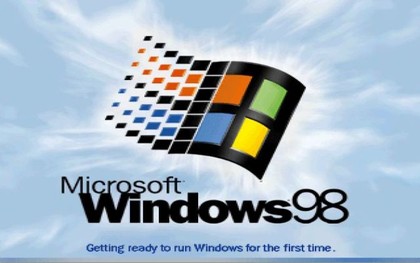
June 1998 saw the release of Windows 98, an OS with a surprising number of users even today. Continuing the clouds theme from Windows 95, Windows 98 introduced improved USB support through the 1999 Second Edition, and ushered in the Windows Driver Model.
Mainstream support for Windows 98 ended as early as June 2002 and meant that the lifecycle of this OS was an incredibly short one when you consider how long Windows XP maintained its presence on PCs around the world.
Windows 2000
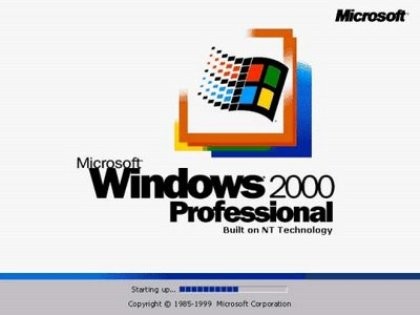
Truly a version of Windows to look back on with fondness. Like NT, Windows 2000 has a long industrial legacy. Though you'll find Windows XP running most businesses today, Windows 2000 is still used widely.
Windows ME
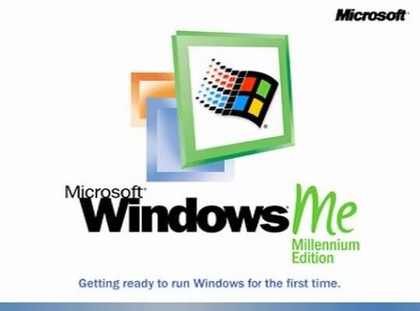
So you thought Windows Vista filled you with hate? You obviously didn't use Windows ME, a cheesily-named dog of an operating system that emerged in 2000. It included several improvements from Windows 2000 but otherwise it was rubbish - like its boot screen. HATE, HATE, HATE.
Windows XP
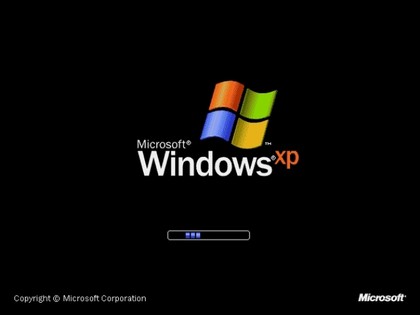
2001's Windows XP (codenamed Whistler) brought improved security and robustness by moving across to the NT codebase, incorporating huge driver support and releasing both Home and Professional editions. In 2006, IDC believed there were over 400 million copies in use.
Extended support for Windows XP ceased on its end of life date of April 8, 2014, yet many large organisations and governments continue to use XP even though the support costs are exorbitantly high. The big test will be trying to get them to move from XP to Windows 10 and only time will tell how successful that venture is.
Windows Vista
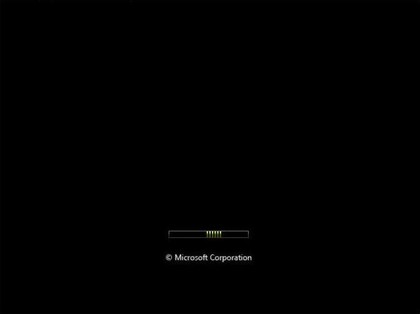
Yeah, it's interesting isn't it? Goodness knows what Microsoft was thinking, but it only succeeded in making this crap-looking and basic screen. It probably wanted to save on boot-up time or something.
Windows 7

Windows 7 introduced this animation, which appears before the log-in screen, but once again there's no boot screen in the traditional sense. But it does look really quite nice, as does Windows 7 itself - see what we thought of it.
Most of the migration to Windows 10 is likely to come from Windows 7 due to the fact it was favoured over Windows 8 because of the presence of a Start menu and a lot more besides.
Windows 8/8.1
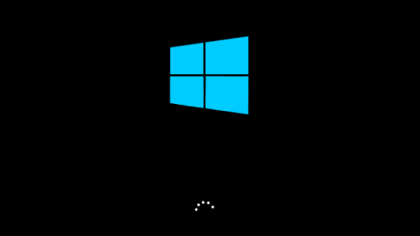
The oft-criticised Windows 8 didn't make any leaps and bounds in the boot screen department and stuck with the black background plus logo format that has become the standard for Windows. One change was the Windows logo itself taking on an angular look and switching to the familiar light-ish blue hue that Windows was known for, for a while.
Some PC manufacturers also chose to change up the boot screen ever so slightly to fit in with their own branding thus opening up the door for Windows modifiers to create their very own boot screens. When it came to Windows 8, the boot screen was quite possibly more exciting than the OS itself.
Windows 8.1, the OS that was pushed out to save Windows 8's bacon, had an identical boot screen and the changes it brought came inside the OS itself.
Windows 10

Windows 10 is as dramatic an overhaul as any Microsoft has ever delivered to an OS. Sadly the same cannot be said for the boot screen, which will make you think that you've not even installed a new OS.
Of course there's plenty of other stuff inside Windows 10 to get you excited such as the full return of the Start menu, it's just the first impressions of the OS that leave a lot to be desired. A bit like a Skoda. Probably.
- Also check out our full Windows 10 review
Dan (Twitter, Google+) is TechRadar's Former Deputy Editor and is now in charge at our sister site T3.com. Covering all things computing, internet and mobile he's a seasoned regular at major tech shows such as CES, IFA and Mobile World Congress. Dan has also been a tech expert for many outlets including BBC Radio 4, 5Live and the World Service, The Sun and ITV News.